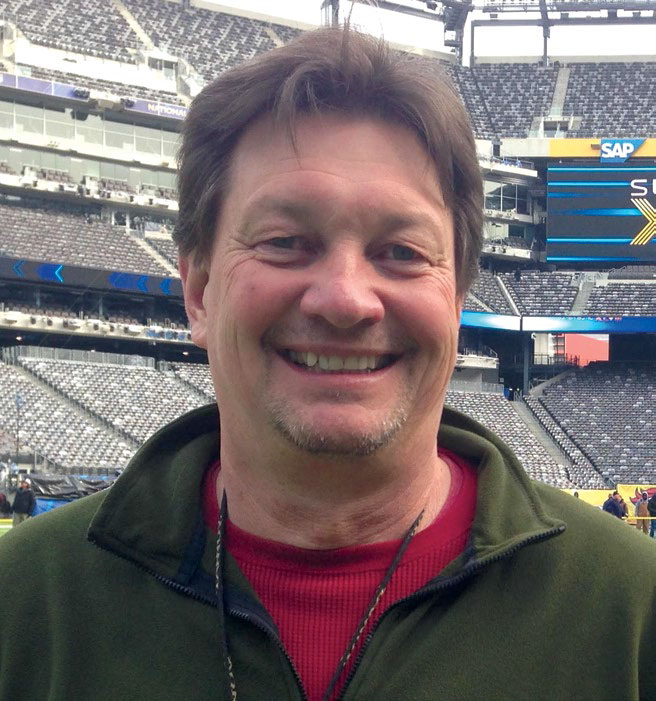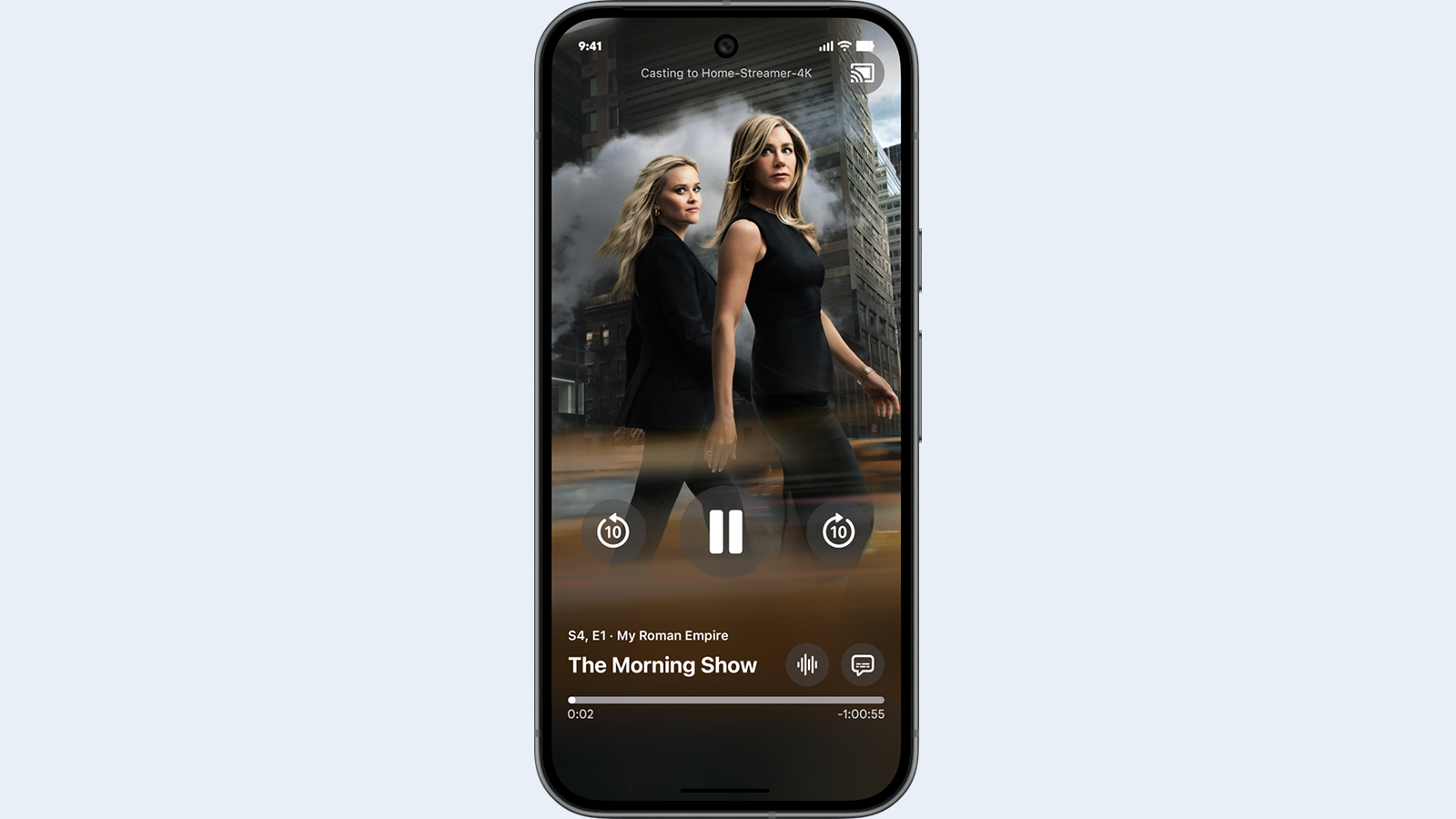Mixing Audio for the NFL: Behind the Scenes
NEW YORK—While there continues to be some debate about the health of the NFL’s television ratings in the post-Colin Kaepernick era, it is generally agreed that both the video and audio elements are continuing to evolve. That is particularly true when it comes to mixing audio for the gridiron.

Fred Aldous and Gary Trenda work on opposite ends of the audio thread. Aldous serves as senior mixer and audio consultant for Fox, for whom he mixes the “A” NFL game of the week. He has snagged a mere 23 Emmy awards and is a member of the Sports Broadcasting Hall of Fame. Educating the next generation of audio specialists is critical to Aldous, who helped build the audio curriculum taught at CRAS, an audio recording school in Arizona.
Trenda is an audio and RF technician who provides technical services to a variety of industries. He works on a wide range of wireless audio system projects, including the Latin Grammy Awards and Super Bowl Halftime Show. Trenda is also a member of the audio staff at Lam-beau Field where he supervises a team of specialists who provide audio for the Green Bay Packers games.
IMMERSIVE, THE NEXT STEP?
The audio portion of the Green Bay Packers game day presentation breaks down into several components, according to Trenda. “One engineer has the job of mixing sound for the main bowl of the stadium, another mixes for the rest of the facility,” he said. “The difference between the two is pretty easy to understand. If a fan leaves their seat to go into the concourse to get a hot dog, we provide audio that includes the local radio broadcast so they can stay in touch with the play by play action. We call that our ‘back of house’ mix. Obviously, play by play audio is not required for fans who are inside the bowl watching the action.”
Where does Aldous think we are in the evolution of sports broadcasting to the home market? “The next step will involve more immersive audio, specifically Atmos [adding height to the viewer experience].” he said. “This will give the viewer a better ‘in stadium’ experience.’
Aldous has mastered 5.1 over the years, which brought a whole new dimension of the in stadium experience from stereo and Aldous expects the move to Atmos will do the same.
The professional video industry's #1 source for news, trends and product and tech information. Sign up below.
“In my opinion specialty events will incorporate this before regular sports season events,” he said. “Over the years we have relied on Sennheiser products to help us do the job that requires a high level of confidence. They are very good at creating innovative products that satisfy the needs of our industry.”
Are audio mixers waiting for video technology to get to the point where the viewer can choose from a number of visual perspectives (the 50 yard line on a football field, say) to develop techniques that will match sound to picture in a number of different streams simultaneously? “With VR on the horizon I believe that we will be able to send more specific audio along with picture,” says Aldous. “It doesn’t make any sense to do so now, as the perspective of the field of play remains in front of the viewer at all times-for now!”
GAME COORDINATION
Trenda’s team coordinates with the broadcast crews that the networks send in. Each home game is different. The crews who handle audio for NBC’s Sunday Night Football or Monday Night for ESPN tend to remain the same year after year. The personnel who cover the other games can change based on which TV truck is sent.
“We send these crews our stadium audio elements—the referee microphone, for example. Depending on their needs, we can also send them the material that goes into the bowl-player introductions, the stadium announcer giving down and distance, that sort of thing. Each crew decides what they want to use from the stadium elements.”
If LeBron James is dribbling up court, or a half back breaks through the line and sprints 40 yards to the goal line, will mixers demand that microphone and console manufacturers provide gear that will allow him/her to match picture exactly? That day is upon us, says Aldous. “We already have that technology. What restricts us now is access to players with mics that we can broadcast in real time. We are very mindful of language and the possibility of something going indiscreet being sent over the air. We do record a lot of mics, and edit content for playback once it is sanitized.”
Will we get to the point where automation syncs audio to the moving image in real time? “Unfortunately I think we will get there at some point—what will be lost is the finesse of the mix. Automation cannot recreate the detail that a human can provide. We add a lot of different elements to a mix that are not camera specific to make the mix realistic.”
An intercom connection ties together Gary Trenda’s team and the broadcast truck. If, for example, a television producer wants to broadcast the player introductions, the TV crew can take audio from the Packers’ feed and can cue the start of the introductions via the intercom.
Audio delay is also something that needs to be accounted for. “There can be a significant delay between the live action on the field and a TV or radio broadcast,” Trenda said. “Rather than taking the broadcast audio feed from a radio or TV tuner, we’re able to get feeds directly from the TV truck and home radio booth. These direct feeds allow us to sync the audio with the action on the field.”
RF CONCERNS
Repercussions from the FCC sale of chunks of the radio frequency spectrum continue to impact sports broadcasts.
“The most recent FCC TV Band auction included the sale of much of the 600 MHz range, and we’re in the midst of another TV station repack," said Trenda. “Any TV stations currently broadcasting on channels 38-52 will be repacked to a lower channel number, which will increase crowding in TV channels 2-36 and make it more difficult to find space for reliable operation of wireless systems. This includes important game elements like the referee mic. As the RF spectrum gets more crowded, people will consider using wired microphones where they can.
“We currently use Shure Axient analog wireless microphones for the referee. One way manufacturers are responding to the loss of RF spectrum is with microphone systems that can be more spectrally efficient. Shure Axient Digital, for example, has a high-density mode that allows the user to fit more transmitters into less space. When the time comes to replace our current system, we’ll definitely consider new technology like this to address the challenges of a crowded RF environment.”
The reduction in frequency range has left production crews to make some tough choices. It can be difficult to know what area of the RF spectrum will be available in different cities. Some equipment will continue to be legal to operate, but others will need to be replaced entirely.
“In some cases, there’s no good upgrade path,” Trenda said. "We have a few systems that will simply need to be replaced to comply with the new FCC rules. It’s important to understand the changing RF environment and have a comprehensive band plan for your entire suite of wireless equipment.”
Top photo: Master control at Lambeau Field, home of the NFL’s Green Bay Packers
